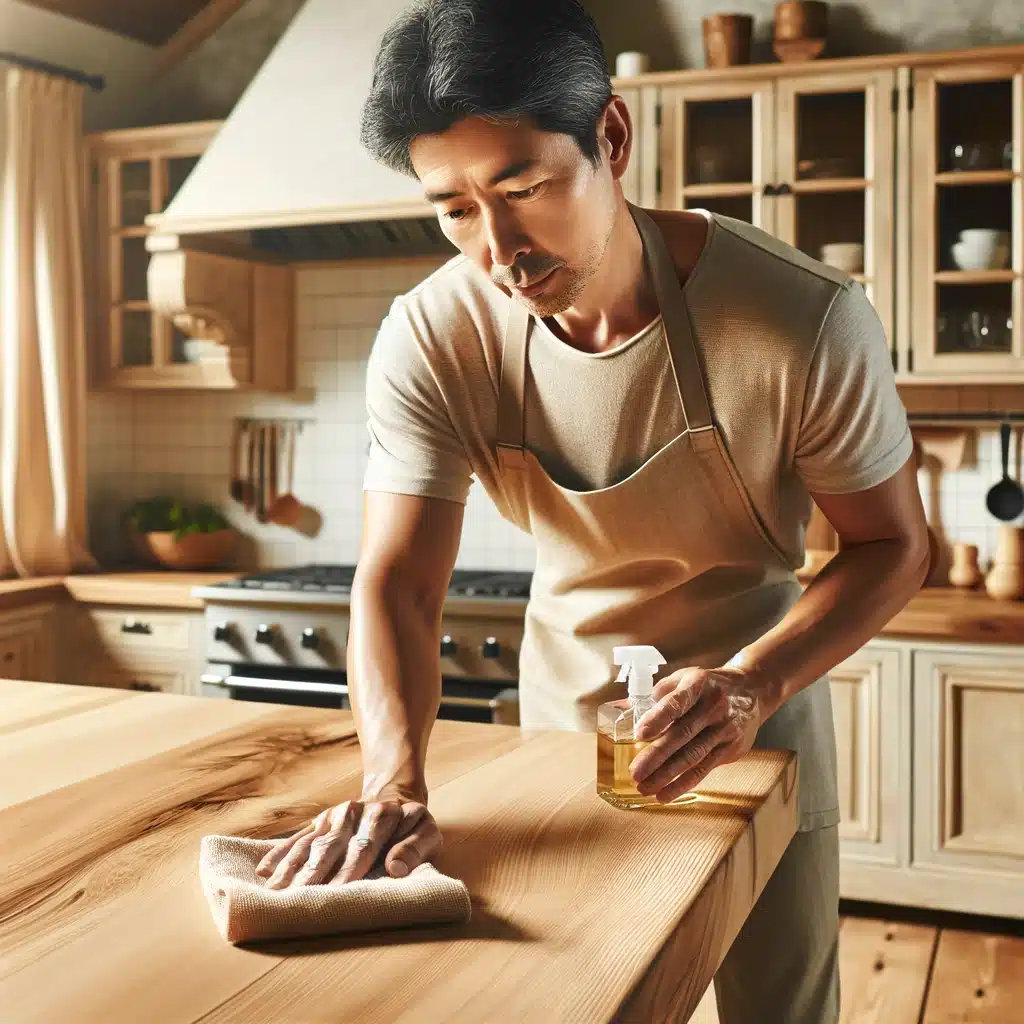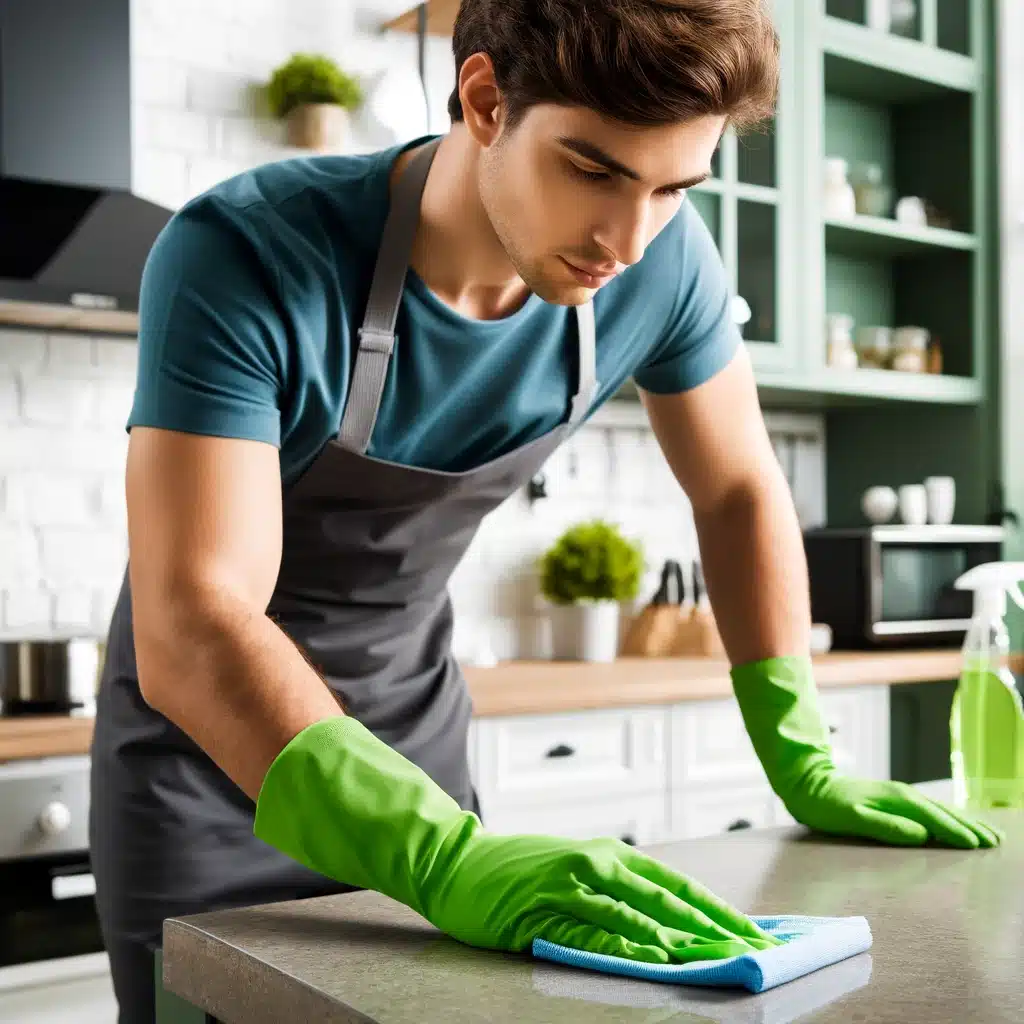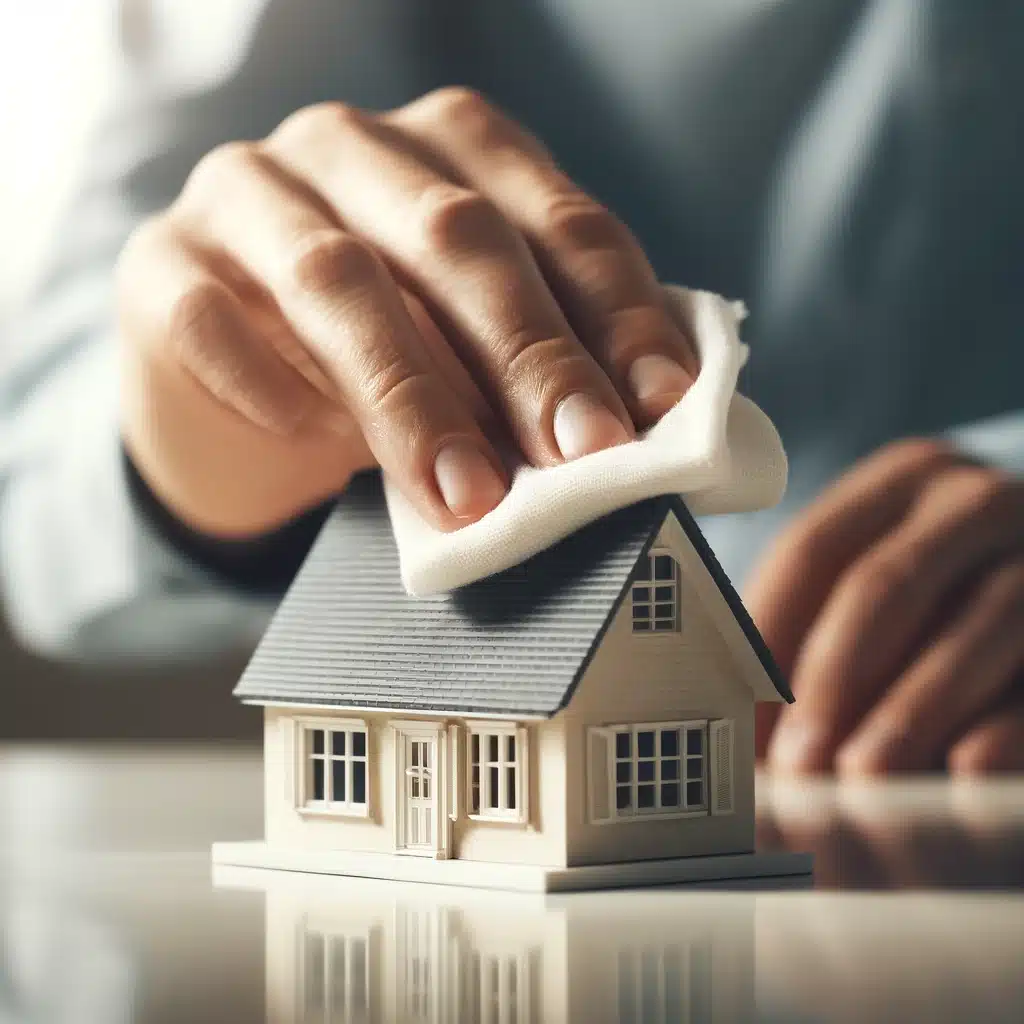5 Steps to Perfectly Clean Sheets
If you’re looking to turn your bedroom into a haven of freshness, nothing beats slipping into perfectly clean sheets at the end of the day. Keeping your sheets clean not only feels great but can also enhance your sleep quality. Here’s a simple guide to help you achieve impeccably clean sheets every time. 1. Choose the Right Detergent Choosing the right detergent for your sheets is the first and most crucial step in achieving that perfectly clean and inviting bed. When you pick a detergent, it’s essential to find one that can tackle stains effectively while still being gentle enough not to harm the fabric of your sheets. For those with sensitive skin, a hypoallergenic detergent is key to avoiding any irritation that might disturb your slumber. These detergents are formulated without harsh chemicals and fragrances that could trigger allergies, ensuring your sheets come out of the wash soothing and gentle on your skin. Moreover, for finer fabrics like silk or high-thread-count cotton, consider detergents specifically designed for delicate materials. These specialized products help maintain the integrity and feel of your sheets, ensuring they stay luxurious and last longer. Using the right detergent not only keeps your sheets feeling fresh and comfortable but also contributes to their durability by preventing the breakdown of fibers that can occur with harsher cleaning agents. By carefully selecting your detergent, you’re setting the stage for a great night’s sleep on sheets that are impeccably clean and wonderfully soft. 2. Pre-Treat Stains Pre-treating stains on your sheets is a pivotal step to ensure they come out of the wash looking as good as new. Before you even think about starting the washing machine, take a thorough look over your sheets for any noticeable stains. Common culprits like body oils, lotions, and accidental spills are often the offenders. If you spot any such blemishes, applying a stain remover directly to these areas can make a significant difference. Alternatively, a small amount of your chosen detergent can be used just as effectively. Work the stain treatment gently into the fabric with your fingers or a soft brush, allowing the solution to penetrate the fibers and start breaking down the stain. Let it sit for a few minutes; this pause lets the cleaning agent work its magic on the stain, loosening it up before the main wash. By tackling these stains before the sheets go into the wash, you help ensure that the entire fabric comes out uniformly clean, without any residual marks or discolored patches. This simple but effective pre-treatment preserves the pristine appearance of your sheets, extending their lifespan and maintaining their freshness wash after wash. 3. Set the Right Temperature Setting the right temperature for washing your sheets is essential to ensure they are thoroughly cleaned without causing any damage to the fabric. Typically, warmer water is more effective in removing dirt and sanitizing the sheets, making it ideal for most cotton and linen materials. The heat helps to dissolve and lift off oils and stains that have accumulated on the fabric, ensuring your sheets emerge from the wash spotlessly clean. However, it’s important to always refer to the care label on your sheets before selecting the wash temperature. Some sheets, particularly those made from delicate fibers like silk or fine synthetics, require cooler temperatures to maintain their texture and color. Washing these delicate sheets in hot water could lead to shrinking, fading, or even breaking down the fibers over time. Adjusting the water temperature according to the fabric type not only protects your sheets but also conserves their quality and appearance in the long run. 4. Proper Loading and Washing Cycle When washing your sheets, it’s crucial to properly load your washing machine to ensure effective cleaning. Sheets require sufficient space to move and agitate freely in the washer, which helps the water and detergent circulate through the fabric, ensuring a thorough clean. Overloading the machine can restrict this movement, preventing the sheets from being fully cleaned and potentially leading to them coming out of the wash still dirty or even more wrinkled. Additionally, an overloaded washer works harder, which not only puts strain on the machine but can also increase wear and tear on your sheets. Choosing the right washing cycle is equally important. For most cotton sheets, a regular cycle provides the right balance of agitation and soaking to get them clean without excessive wear. However, for sheets made from more delicate materials, such as linen or certain blends, a gentle cycle is preferable. This softer approach reduces the stress on the fibers, minimizing the potential for damage and extending the life of your sheets. 5. Drying and Storage Proper drying and storage of your sheets are key steps to ensuring they stay fresh and last longer. Once your sheets are washed, you have a couple of options for drying them. Tumble drying on a low heat setting is effective for getting your sheets dry quickly while minimizing damage and shrinkage from high heat. Alternatively, hanging your sheets outside to air dry can be a great choice, especially on sunny days, as the natural airing helps to freshen up the fabric and can reduce energy usage. If you opt to use a dryer, a handy tip is to remove the sheets while they are still slightly damp. This strategy prevents over-drying, which can lead to set-in wrinkles and make the fabric stiff. It also makes ironing much easier, should you choose to iron your sheets for that crisp, hotel-like feel. Once dry, folding your sheets neatly or placing them directly back on the bed ensures they remain smooth and ready for a night of comfortable sleep. Storage is the final step in caring for your sheets. Keep your sheets in a cool, dry place to prevent any mildew or mustiness from developing. A linen closet or a drawer dedicated to bedding provides an ideal environment. Ensuring that the storage area is well-ventilated will help maintain the freshness









